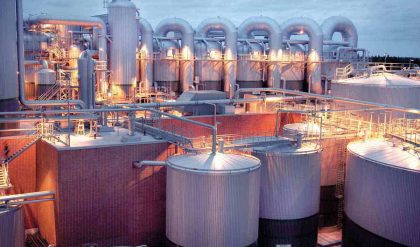State functions State of a system
A system is said to be in a particular physical state when specific values of the macroscopic properties of the system are known. For eg. The gaseous state of matter can be described by parameters like Pressure (P), Volume (V), Temperature (T) etc. The values of these parameters change when the matter is in liquid state. Thus, the state of a system is defined by specific measurable macroscopic properties of the system.
The initial state of system refers to the starting state of the system before any kind of interaction with its surroundings.
The final state of system refers to the state after the interaction of system with its surroundings. A system can interact with its surroundings by means of exchange of matter or heat or energy or all.
The variables like P,V,T, composition (no. of moles) `n’ that are used to describe the state of a system are called as state variables or state functions. When the state of the system changes, the values of the state variables of the system also change. Thus, state functions depend only on the initial and final states of system and not on how the changes occur. Also, if the values of state functions of a system are known, all other properties like mass, viscosity, density etc. of the system become specified.
For specifying a state of the system, it is not necessary to know all the state variables, since they are interdependent and only a few of them (state variables) are sufficient. A system which satisfies the conditions of thermal, mechanical and chemical equilibria and contains the macroscopic properties which are independent of time is said to be in thermodynamic equilibrium.
Thermodynamic equilibrium sets the condition that there should be no flow of heat from one portion or part of the system to another portion or part of the same system. ie. temperature of the system remaining constant at every point of the system.
Mechanical equilibrium implies that there is no work done by one portion or part of the system over another portion or part of the same system. ie. Pressure of the system being constant at all its points.
Chemical equilibrium demands that the composition of one or more phases of chemicals present in the system should remain constant.


Comments are closed.